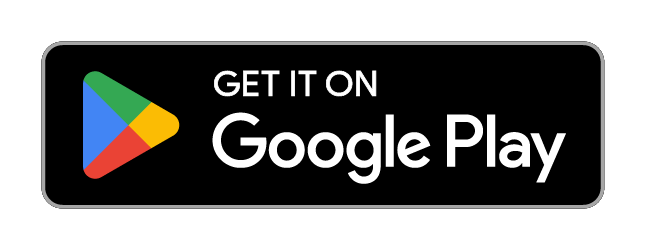What is Beeminder?
It's reminders with a sting! Or, goal-tracking with teeth. Mind anything you can graph — weight, pushups, to-do tasks completed — by replying with data when Beeminder prompts you. Or connect with one of the dozens of services (like Fitbit or RescueTime) that we integrate with to report automatically. We plot your progress with a Bright Red Line to your goal. Keep all your datapoints on the good side of your red line or (literally) pay the price.
How is Beeminder different?
Beeminder is Quantified Self plus Commitment contracts. If you just want self-tracking you have a lot of choices and if you just want commitment devices you have more and more options as well (StickK is our biggest competitor). Beeminder combines self-tracking and commitment contracts: cross a Bright Red Line to your goal and we take your money. The combination is powerful. We call it flexible self-control.
Who is Beeminder for?
Here's the way to find out if Beeminder could be useful for you: Is there anything you know you should do, you really do want to do, you know for certain you can do, yet that historically you don't do? (Also, are you a nerdy, lifehacking data freak?) If yes, you should try it!
How Beeminder works
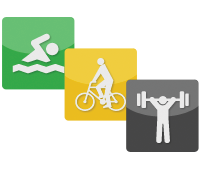
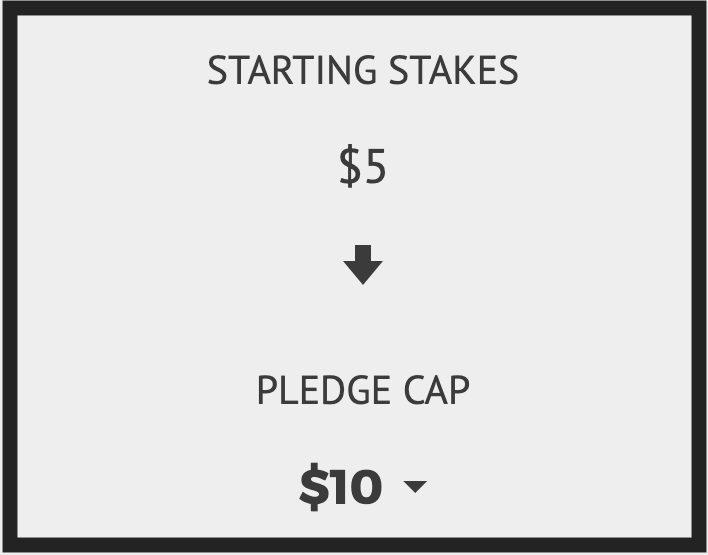
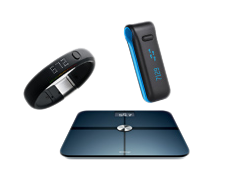
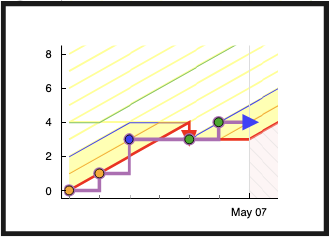
Goals that people have been beeminding
To get a sense of what to beemind, take a look at some real-life goals on the Featured Goals page. Or to spark your imagination, check out the ideas in the tabs below.
Beeminding your weight
The most popular Beeminder goal is weight loss. We're proud of how well it works and have put a lot of thought into the data smoothing and other features. The problem with beeminding something that has random fluctuation is that it's discouraging and/or nerve-racking to see the numbers bounce around day-to-day, which is why weight-loss programs typically only ask for weekly weigh-ins. But if you have a random up day on a weekly weigh-in day, that's really discouraging. Better to get more data and let Beeminder show you the true trend. And you get daily instead of weekly feedback. That's key. And that's where the different parts of the graph come in, such as the purple swath which you can think of as a very thick line charting your progress or an aura around your actual data. It gives you a sense of your true trend.
This person's graph illustrates this nicely:
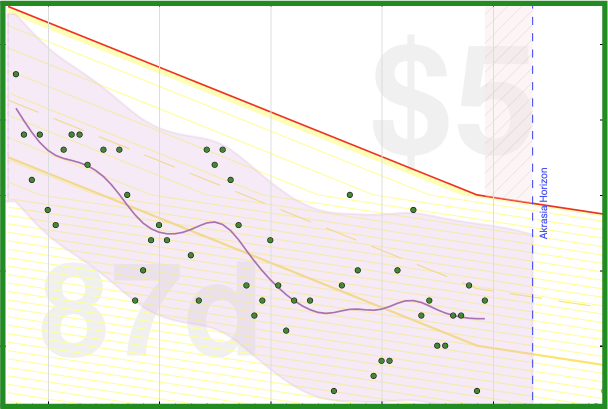
Their datapoints bounce around a lot but the smoothed version shows that they're hewing to the weight-loss rate they committed to, and staying far enough below that bright red line that even random up-days won't derail them.
Bright Red Line
The most important feature of a Beeminder graph is the bright red line. It shows you where you're going. Keep your dots on the good side of that bright line and Beeminder won't charge you.
